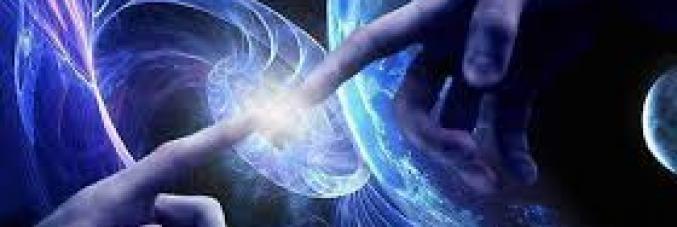
Discovered a theoretical bridge between gravity and quantum mechanics
04.11.2025
A new study, published in «The European Physical Journal C», proposes a connection between general relativity and quantum mechanics. The article, titled "Quantum mechanics from general relativity and the quantum Friedmann equation", is authored by Marco Matone from the Department of Physics and Astronomy "G. Galilei" at the University of Padua, and Nikolaos Dimakis from the Department of Physical Sciences at the Universidad de la Frontera in Temuco, Chile.
The two major theories of modern physics apply to different scales: general relativity governs the dynamics of spacetime on a large scale, while quantum mechanics concerns the phenomena of the infinitesimally small. The work presents an entirely new formulation, "based on mathematical correspondences between general relativity and quantum mechanics," notes Matone.
The researchers propose a possible intersection between the two theories that describe the study of the universe and its evolution: Schrödinger's equation, the fundamental equation of quantum mechanics, is linear, while general relativity is described by Einstein's equations, which are highly non-linear. When considering the spacetime relevant for cosmological models, Einstein's equations reduce to the Friedmann equations, which describe the expansion or contraction of the universe. In a previous study, Matone identified a "hidden linearity" within the Friedmann equations and therefore within general relativity. This observation serves as a bridge between general relativity and quantum mechanics, providing a starting point for the authors to highlight a series of structural correspondences between the two theories.
"The framework that emerges from our study suggests a natural way to connect cosmology and quantum description," explains Marco Matone. "In this perspective, quantum mechanics is not an independent principle but is linked to the geometry of spacetime. Among the implications is the resolution of the problem of extreme conditions in which the universe collapses to a point, and connections with other areas of theoretical physics. The goal is to offer a clear conceptual basis on which to develop more extensive analyses and comparisons with data."
Since the early decades of the 20th century, physicists have sought a theory capable of reconciling general relativity and quantum mechanics. Einstein himself, despite laying the foundations of modern cosmology, was unable to formulate a theory that reconciled gravity and quanta. In subsequent years, various lines of research (string theory, loop quantum gravity) have attempted to bridge the conceptual gap between the two visions, without conclusive results.
The work of Matone and Dimakis fits into this tradition with an original approach that reinterprets general relativity in light of mathematical structures typical of quantum mechanics. This perspective could indicate a new and conceptually simpler path towards unification.



